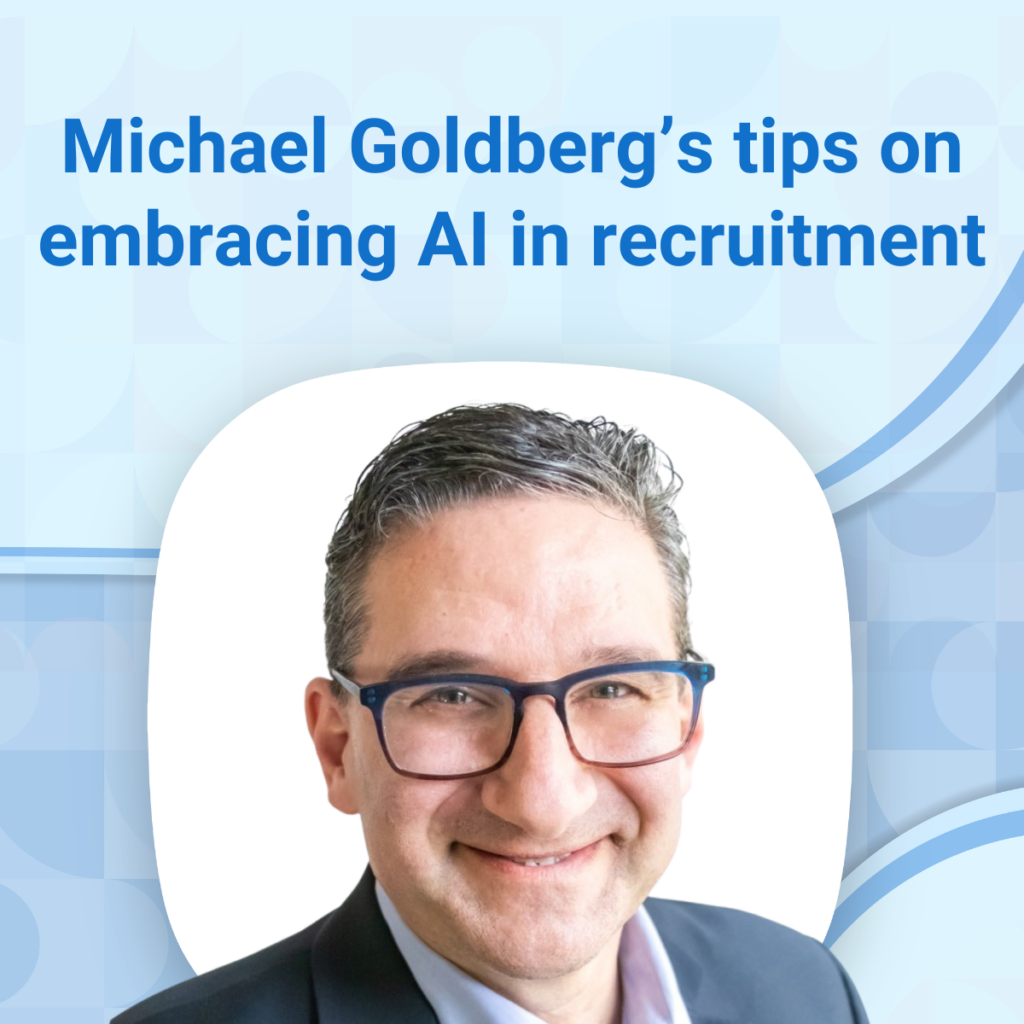The talent acquisition landscape has massively transformed, bolstering the adoption of tech tools in the day-to-day recruitment work. Today, artificial intelligence (AI) is not just a buzzword in our industry but a driving force that is reshaping our workflows, efficiencies, and outcomes.
So let me unravel some of my favorite AI-powered recruiting tools and discuss how this technology is augmenting human capabilities rather than replacing them.
5 ways I like to harness the power of artificial intelligence
1. Leveraging AI-driven applicant tracking systems
In my experience with AI-enhanced applicant tracking systems, I’ve noticed a profound shift in hiring processes. What’s remarkable about these tools is that they go beyond organizing and tracking processes.
Today, these systems employ AI to pinpoint patterns, highlight standout candidates based on preset criteria, and streamline interview scheduling. These tools help us save time, reduce administrative tasks, and make data-driven decisions.
Yet, despite these benefits, I believe that our human touch remains essential, particularly when evaluating a candidate’s potential fit within your unique organizational culture.
2. Making predictive moves using recruitment analytics
Over the years, I’ve seen predictive analytics tools like PredictiveHire and Talview make substantial impacts. These tools analyze candidate data, predicting potential success within your company.
While I appreciate their ability to predict employee retention rates and future performance, I still value the human judgment that plays a pivotal role during interviews.
3. Using chatbots and virtual assistants as a helping hand
AI chatbots like Mya and virtual assistants like Olivia have been game-changers in managing candidate interactions.
These tools answer FAQs, schedule interviews, and provide updates, leaving us recruiters more time for complex tasks. As efficient as they are, they don’t quite capture the human emotional intelligence necessary for candidate communication and relationship-building.
So it’s safe to say that AI is definitely not equipped to replace human recruiters yet!
3. AI-based job advertising
Still struggling to place your job postings in the right place? There’s an AI tool for that too!
Platforms like ClickIQ and PandoIQ leverage AI to optimize job advertising. These tools analyze job ad performance across multiple platforms, adjusting distribution based on results.
4. Mitigating hiring bias using AI
While AI tools do have their challenges, such as potential bias learned from historical data, there are viable strategies to reduce and in some cases, eliminate it. Here are some methods I’ve found effective:
Balanced data sets: Leveraging diverse data in AI training helps decrease bias and prevent favoritism towards any group.
Bias-aware algorithms: AI tools, programmed to ignore factors like a candidate’s name, gender, or age, help mitigate bias, focusing on skills and qualifications instead.
Regular audits: Consistent audits of AI decisions against fairness criteria enable us to detect and rectify biases.
De-biasing techniques: Advanced AI systems can reduce bias by implementing penalties for unfair decisions or tweaking training data.
Transparency: Ensuring AI systems clearly explain their decisions allows us to understand and correct any biased reasoning.
Despite what some may believe, I see AI not as a threat but as an ally.
AI doesn’t replace us recruiters; instead, it enables us to work smarter and faster. AI tools can automate routine tasks and provide insightful data. But at the end of the day, they lack our emotional intelligence and intuitive understanding—skills that are essential for attracting, selecting, and retaining talent.
As a talent acquisition professional, I can’t emphasize enough the sheer amount of administrative work involved in recruitment. But, with the advent of AI, I believe we’ve found an invaluable tool. If you haven’t yet, I urge you to try out tools like ChatGPT-4, Bard, or Pi.
Trust me; you won’t look back!






